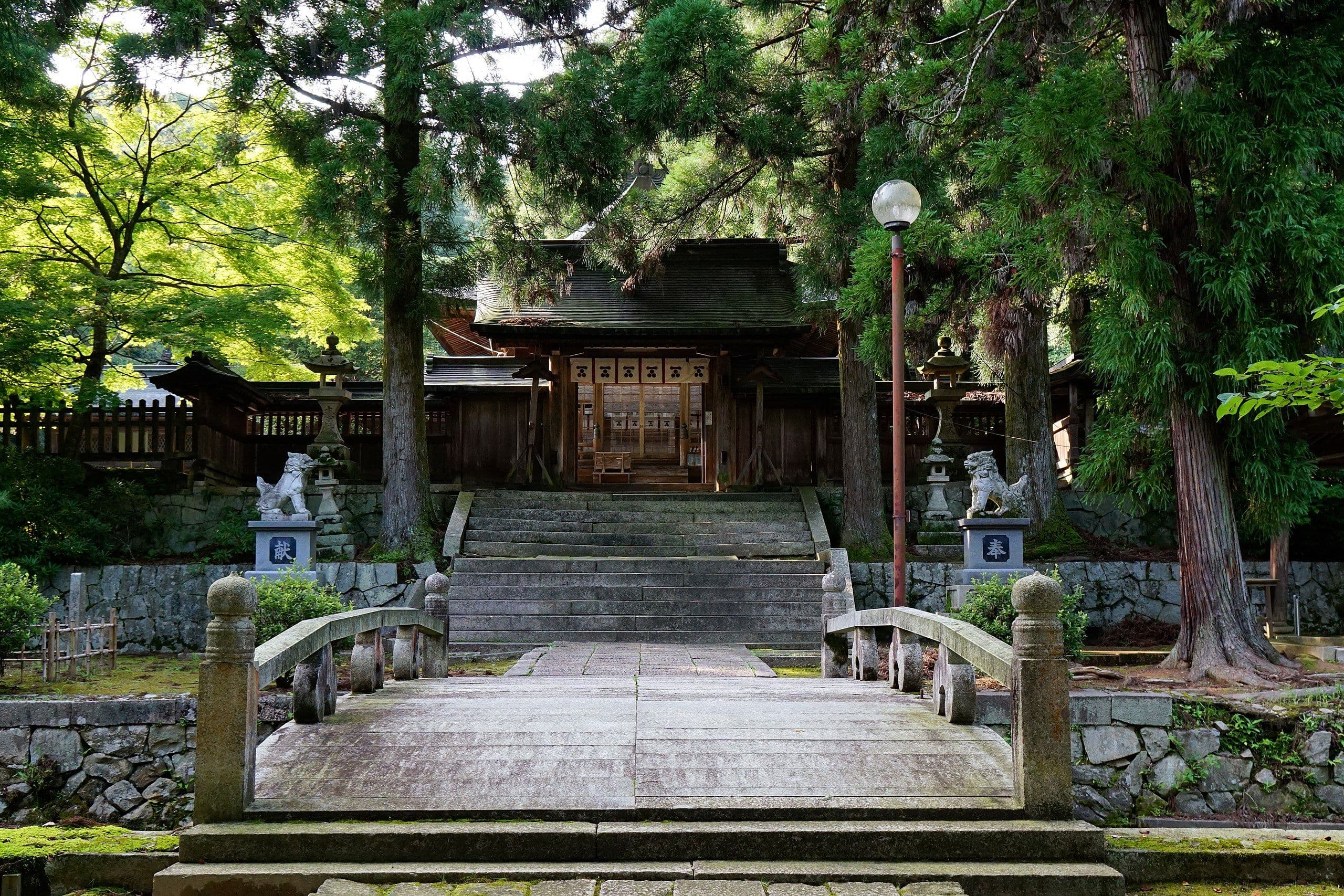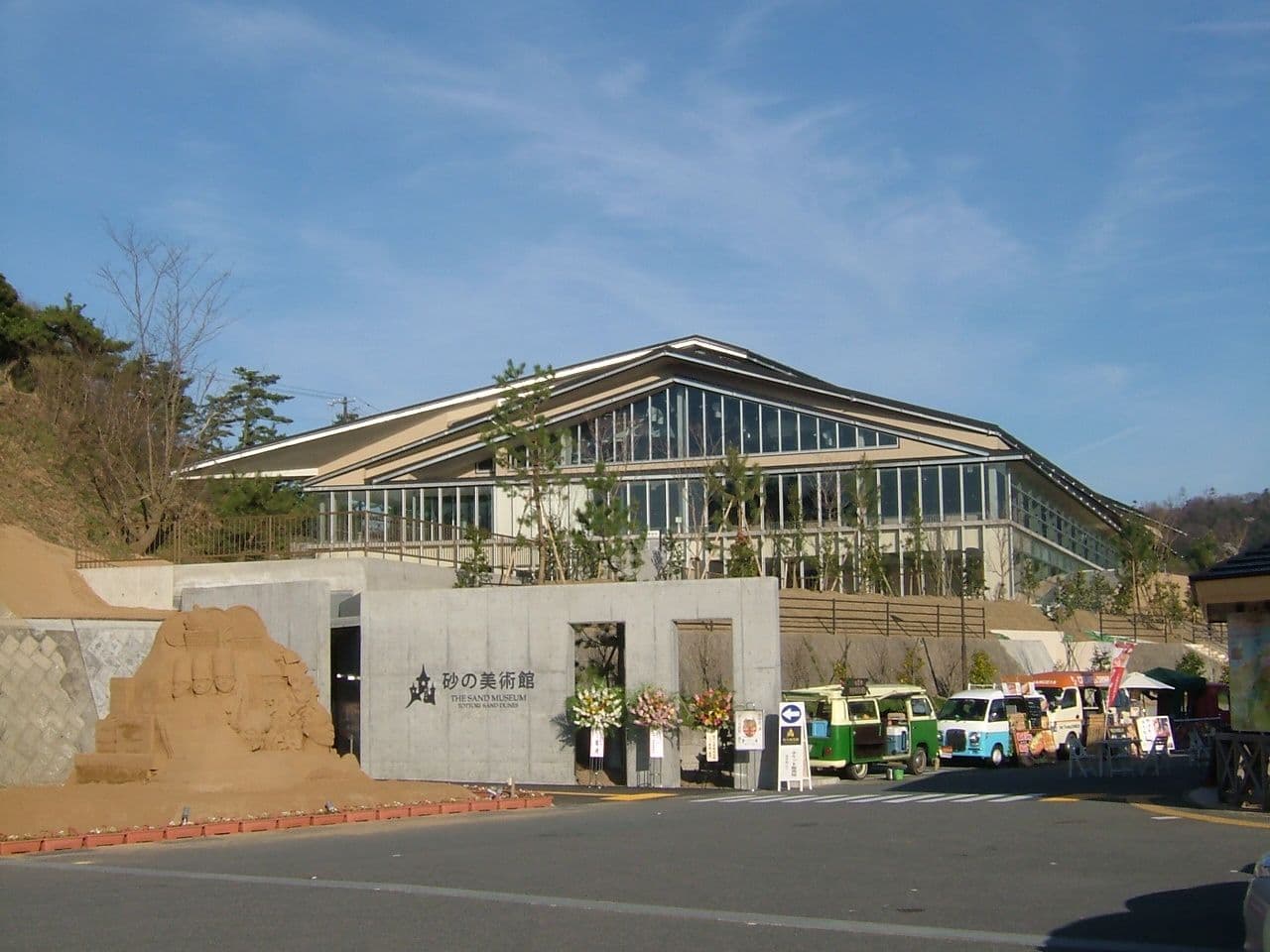
Toyosaka Shrine
豊榮神社- Kami-Yamaguchi StationYamaguchi Line
- Walk 11 minutes
Toyosaka Shrine is a Shinto shrine located in Yamaguchi City. It stands adjacent to Noda Shrine, and while both are separate religious institutions with independent honden (main sanctuaries) and haiden (worship halls), they share certain administrative facilities and maintain a close historical relationship. These two shrines represent a broader trend in early modern Japan of deifying and enshrining influential feudal lords, particularly the founders of regional domains.
Historical Background
Toyosaka Shrine enshrines Mōri Motonari, the prominent Sengoku-period warlord known for unifying the Chūgoku region and establishing the foundations of the powerful Mōri clan. His strategic acumen and political foresight enabled his descendants to become daimyō (feudal lord) of the Chōshū Domain, which played a crucial role in the Meiji Restoration.
The origins of the shrine trace back to 1600, after the Mōri clan's defeat at the Battle of Sekigahara. Relocated from Aki Province to Nagato Province, Mōri Terumoto - the grandson of Motonari - enshrined his grandfather's spirit at Kasuga Shrine in Emukai Village, Hagi. This act of memorialisation was the seed of what would become Toyosaka Shrine.
In 1762, Mōri Shigetomi restructured a local shrine within Hagi Castle’s second bailey to enshrine both Motonari and Ame-no-hohi-no-mikoto, the legendary ancestral deity of the Mōri clan. This new shrine was named Shinseireisha. A few years later, in 1770, Motonari was granted the divine title Gyōtoku Daimyōjin, and the shrine became known as Gyōtokusha, confirming his status as a deified ancestral figure.
Toyosaka Shrine as it exists today was formally established in 1869, when the Meiji Emperor recognised Mōri Motonari’s historical loyalty to the Imperial court and dispatched an imperial envoy, Itsutsuji Yasunaka, to bestow upon him the deity title "Toyosaka". The shrine was briefly relocated to the grounds of Taga Shrine before being moved to its current location, where the present buildings were completed in 1871. That same year, imperial envoy Iwakura Tomomi presented a ceremonial sword on behalf of the Emperor - an act of reverence signifying that the enshrined spirit of Motonari had been officially incorporated into the Imperial-sanctioned pantheon.
IIn 1873, the shrine was designated a Prefectural Shrine, and in 1882 it was elevated to the rank of Bekkaku Kanpeisha, recognising it as a nationally significant shrine with special government status outside the standard ranking system. Today, it is classified as a Beppyo Jinja, a major shrine officially designated by the Association of Shinto Shrines.
Shrine Architecture and Features
The honden of Toyosaka Shrine is a classic three-bay nagare-zukuri structure, a traditional architectural style known for its flowing roofline and front-facing design. A gabled corridor-style hall (tsuriya) connects the honden to the heiden (offering hall), with a cross-shaped layout at its rear. The heiden itself is a hip-and-gable (irimoya) structure, as is the worship hall (haiden), which stands in front of it. Corridors extend from either side, and all buildings are roofed with copper sheeting. The layout reflects Edo and early Meiji period styles in shrine architecture, emphasising symmetry, ritual accessibility, and reverence.
In 1997, a monument bearing the phrase “Hyakuman Isshin” (One Million, One Heart) was installed on the grounds. This commemorates a famous legend involving Mōri Motonari, who is said to have had this phrase engraved on a stone rather than sacrificing a human life when expanding Yoshida Kōriyama Castle. The stone was later recovered from the castle ruins, and a rubbing of the inscription was presented to the shrine. It is now on display in the ema hall, a space where votive offerings are traditionally hung.
Cultural Significance and Treasures
Toyosaka Shrine preserves several important cultural assets, most notably a portrait of Mōri Motonari that has been designated an Important Cultural Property of Japan. This color painting on silk, dated to 1562, depicts Motonari seated in formal attire, holding a fan and wearing a samurai court cap. It was commissioned by his eldest son, Mōri Takamoto, to celebrate Motonari’s 66th birthday. Composed by the Zen monk Ninnyo Shuugyou of Nanzen-ji Temple in Kyoto, the accompanying inscription confirms the authenticity and commemorative nature of the scroll.
Unlike other posthumous portraits of Motonari, this piece is considered a jūga - a rare type of lifetime celebratory image - which contributes to its historical and artistic value. It stands as one of the most important depictions of a Sengoku-period daimyō and captures the dignity and vitality of Motonari in his later years. The scroll is currently housed in the Yamaguchi Prefectural Museum.
Toyosaka Shrine not only honours a central figure in western Japan's medieval history but also represents a broader cultural movement of transforming historical memory into religious veneration. It stands today as a site where history, worship, and regional identity converge. For those interested in the heritage of the Mōri clan, the rise of the Chōshū Domain, or the enduring ties between Shinto and statecraft, Toyosaka Shrine offers a compelling and richly layered experience.
Place nearby
Related topics
At Hey Japan!, we strive to keep the places listed on our website as current as possible. However, it is important to note that location owners or management may make changes to their plans, including canceling events, altering opening times, or modifying admission requirements, without prior notice. To ensure that you have the most accurate information, we recommend checking official websites before visiting any location.
Last Updated:













